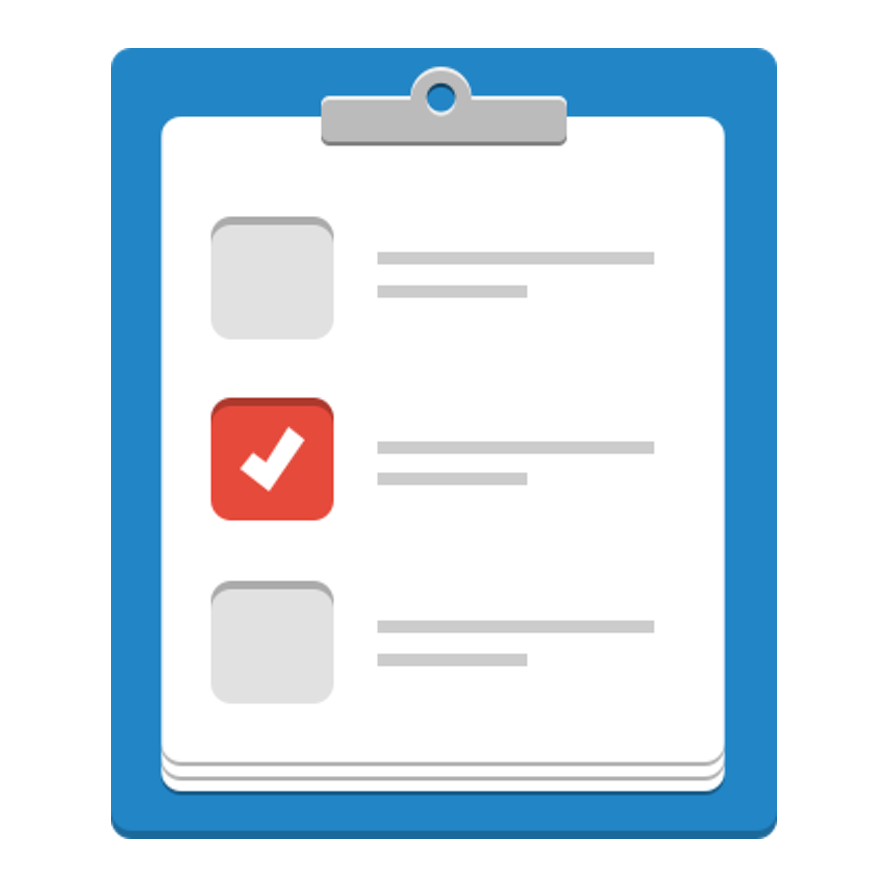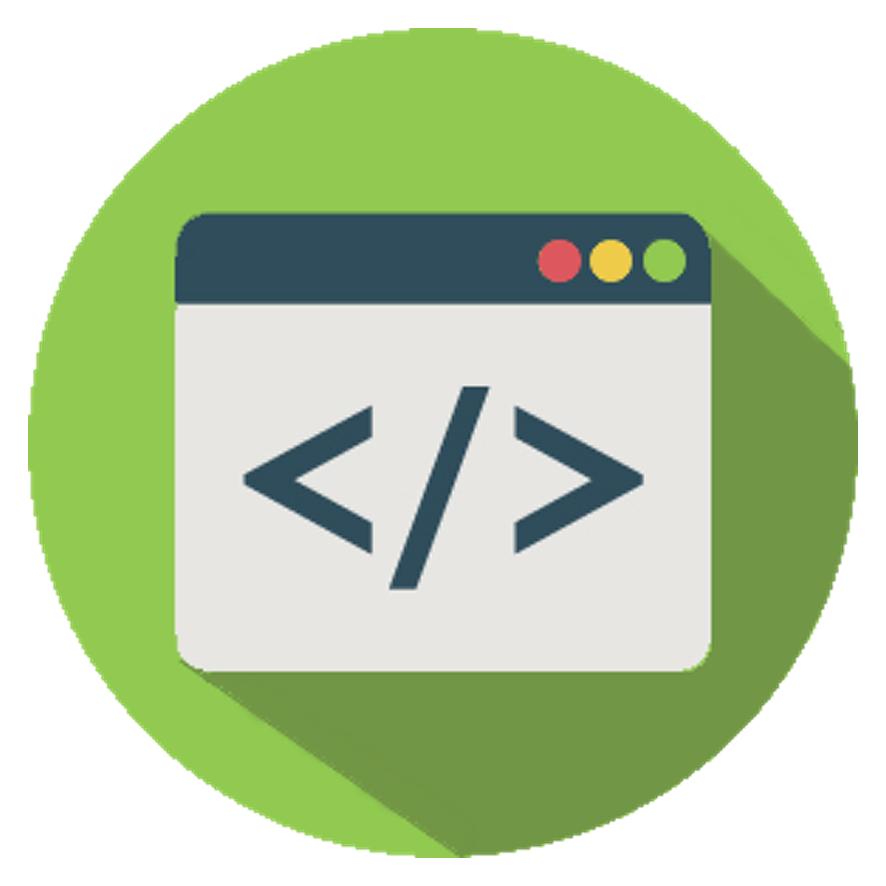Gene DRAFT Profile
Version: 0.5-DRAFT-2019_06_14 (14 June 2019)
Bioschemas profile describing a Gene in Life Sciences
If you spot any errors or omissions with this type, please file an issue in our GitHub.
Key to specification table
- Green properties/types are proposed by Bioschemas, or indicate proposed changes by Bioschemas to Schema.org
- Red properties/types exist in the core of Schema.org
- Blue properties/types exist in the pending area of Schema.org
- Black properties/types are reused from external vocabularies/ontologies
CD = Cardinality
| Property | Expected Type | Description | CD | Controlled Vocabulary | Example |
|---|---|---|---|---|---|
| Marginality: Minimum. | |||||
| @context | URL | Used to provide the context (namespaces) for the JSON-LD file. Not needed in other serialisations. |
ONE | ||
| @type | Text | Schema.org/Bioschemas class for the resource declared using JSON-LD syntax. For other serialisations please use the appropriate mechanism. While it is permissible to provide multiple types, it is preferred to use a single type. |
MANY | Schema.org, Bioschemas | |
| @id | IRI | Used to distinguish the resource being described in JSON-LD. For other serialisations use the appropriate approach. | ONE | ||
| dct:conformsTo | IRI | Used to state the Bioschemas profile that the markup relates to. The versioned URL of the profile must be used. Note that we use a CURIE in the table here but the full URL for Dublin Core terms must be used in the markup (http://purl.org/dc/terms/conformsTo), see example. |
ONE | Bioschemas profile versioned URL | |
| identifier |
PropertyValue Text URL |
Schema: The identifier property represents any kind of identifier for any kind of Thing, such as ISBNs, GTIN codes, UUIDs etc. Schema.org provides dedicated properties for representing many of these, either as textual strings or as URL (URI) links. See background notes for more details. |
ONE | ||
| name |
Text |
Schema: The name of the item. |
ONE | ||
| Marginality: Recommended. | |||||
| description |
Text |
Schema: A description of the item. |
ONE | ||
| encodes |
BioChemEntity Protein URL |
Schema: This property is used to link to gene products encoded (even indirectly) from this gene such as RNA or proteins. Bioschemas: For genes, this property is used to express in a generic way gene products encoded by this gene. Two more specific properties SIO:010082 (is translated into) and SIO:010080 (is transcribed into) should be used for (protein) translation and (RNA) transcription respectively. Note: bioschemas:encodes skos:closeMatch SIO:010078 |
MANY | SIO |
|
| hasRepresentation |
PropertyValue Text URL |
Schema: A common representation such as a protein sequence or chemical structure for this entity. For images use schema.org/image. Bioschemas: For genes, this property could be used, for instance, to register a gene sequence as its representation. If you want to better define the nature of the representation, use a PropertyValue as described in additionalProperty or a third-party ontology predicate. |
MANY | ||
| image |
ImageObject URL |
Schema: An image of the item. This can be a URL or a fully described ImageObject. |
ONE | ||
| isPartOfBioChemEntity |
BioChemEntity |
Schema: Indicates a BioChemEntity that is (in some sense) a part of this BioChemEntity. Inverse property: hasBioChemEntity Bioschemas: Bioschemas Gene: For genes, it is recommended to at least specify the DNA/chromosome containing this gene and the taxon/organism associated to it. For taxon/organism, it is a good practice to use categoryCode to point to a controlled vocabulary such as NCBI taxon or UniProt Taxonomy. |
MANY | For subcellular locations branch from GO, please use Gene Ontology (GO) |
|
| url |
URL |
Schema: URL of the item. Bioschemas: Link to the official webpage associated to this entity. |
ONE | ||
| Marginality: Optional. | |||||
| additionalProperty |
PropertyValue |
Schema: A property-value pair representing an additional characteristics of the entitity, e.g. a product feature or another characteristic for which there is no matching property in schema.org. Note: Publishers should be aware that applications designed to use specific schema.org properties (e.g. http://schema.org/width, http://schema.org/color, http://schema.org/gtin13, …) will typically expect such data to be provided using those properties, rather than using the generic property/value mechanism. Bioschemas: Whenever possible, please use a property coined in a third-party well-know vocabulary. For instance, you can directly use http://purl.obolibrary.org/obo/RO_0002327 as a property to express how a protein or gene enables some GO molecular function. If you still want or need to use additionalProperty, please use (i) property name to specify the name of the property, (ii) additionalType (if possible) to better specify the nature of the property, and (iii) value to link to the object/range of this property. |
MANY | ||
| additionalType |
URL |
Schema: An additional type for the item, typically used for adding more specific types from external vocabularies in microdata syntax. This is a relationship between something and a class that the thing is in. In RDFa syntax, it is better to use the native RDFa syntax - the ‘typeof’ attribute - for multiple types. Schema.org tools may have only weaker understanding of extra types, in particular those defined externally. Bioschemas: Any ontology term describing the gene concept. This is in addition to the official type used in Bioschemas. Bioschemas Gene: Official proposed term for the profile describing a gene: SO:gene. |
MANY | ||
| alternateName |
Text |
Schema: An alias for the item. |
MANY | ||
| associatedDisease |
MedicalCondition URL |
Schema: Disease associated to this BioChemEntity |
|||
| enablesMF |
CategoryCode PropertyValue |
Bioschemas: RO:0002327 (enables). GO molecular function enabled by the gene/protein. Recommended range: BioChemEntity or CategoryCode, ProteinAnnotation if evidence should be included. |
MANY | Only the molecular function branch of Gene Ontology (GO) |
|
| hasBioChemEntityPart |
BioChemEntity |
Schema: Indicates a BioChemEntity that (in some sense) has this BioChemEntity as a part. Inverse property: isPartOfBioChemEntity Bioschemas: For genes, it can be used to link to gene sequence annotations such as variants or so. |
MANY | ||
| hasCategoryCode |
CategoryCode |
Schema: A Category code contained in this code set. |
MANY | ||
| involvedInBP |
CategoryCode PropertyValue |
Bioschemas: RO:0002331 (is involved in). GO biological process this gene/protein is involved in. Recommended range: BioChemEntity or CategoryCode, ProteinAnnotation if evidence should be included. |
MANY | Only the biological process branch of Gene Ontology (GO) |
|
| isTranscribedInto |
BioChemEntity |
Bioschemas: SIO:010080 (is transcribed into). For genes, this property is used to link to gene products transcribed from this gene such as RNA. |
MANY | SIO |
|
| isVariantOf |
BioChemEntity Gene |
Bioschemas: SIO: 000272 (is variant of). Use this property to express when a gene is a variant of any other gene. |
MANY | SIO |
|
| mainEntityOfPage |
CreativeWork URL |
Schema: Indicates a page (or other CreativeWork) for which this thing is the main entity being described. See background notes for details. Inverse property: mainEntity. Bioschemas: Link via DataRecord to the main DataRecord representing this entity in a dataset. It is usually preferred to use mainEntity from a DataRecord to point to its corresponding entity. |
ONE | ||
| sameAs |
URL |
Schema: URL of a reference Web page that unambiguously indicates the item’s identity. E.g. the URL of the item’s Wikipedia page, Wikidata entry, or official website. |
MANY | ||
| taxonomicRange |
Taxon Text URL |
Schema: The taxonomic grouping of the organism that expresses, encodes, or in someway related to the BioChemEntity. |
|||






